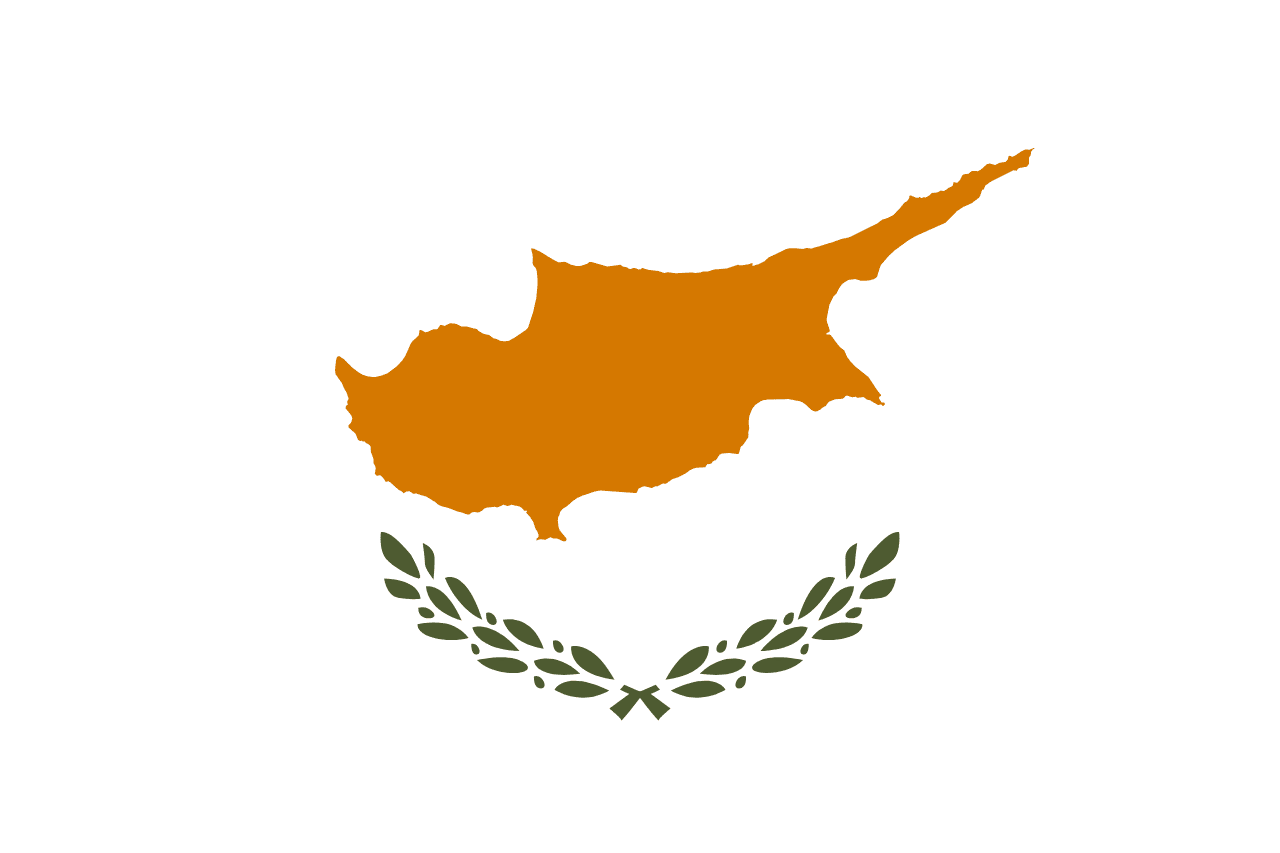The flag of Croatia features three horizontal stripes of red, white, and blue, with the national coat of arms prominently displayed in the center. This distinctive design combines historical elements with modern symbolism, creating a flag that truly represents Croatia's rich heritage and aspirations.
Croatia information
| National Flag Day | — |
| Sovereign state | Yes |
| Official name | Republic of Croatia |
| Capital | Zagreb |
| Population | 4,295,000 |
| Area | 56,594 km² |
| Currency | Croatian kuna (HRK) |
| Language | Croatian |
| Continent | Europe |
| Region | Southeastern Europe |
| Subregion | Balkans |
| Borders | Bosnia and Herzegovina, Hungary, Serbia, Slovenia, Montenegro |
| Timezone | CET (UTC+1) |
| Calling code | +385 |
| Top-level domain | .hr |
History of the Croatian Flag
 The current flag of Croatia was officially adopted on December 21, 1990, shortly before the country declared independence from Yugoslavia in 1991. However, the elements of the flag have a much longer history. The red-white-blue tricolor has been associated with Croatia since the 19th century, while the coat of arms features symbols that date back to medieval times.
The current flag of Croatia was officially adopted on December 21, 1990, shortly before the country declared independence from Yugoslavia in 1991. However, the elements of the flag have a much longer history. The red-white-blue tricolor has been associated with Croatia since the 19th century, while the coat of arms features symbols that date back to medieval times.
During Croatia's struggle for independence in the early 1990s, the flag became a powerful symbol of national identity and aspirations for sovereignty. Its adoption marked a significant moment in Croatia's journey towards statehood and international recognition.
Symbolism and Design of the Croatian Flag
The Croatian flag is rich in symbolism, with each element carrying deep historical and cultural significance:
- The red, white, and blue colors are Pan-Slavic colors, representing Croatia's Slavic heritage and solidarity with other Slavic nations.
- The coat of arms features a checkerboard pattern known as "šahovnica," which has been a symbol of Croatian statehood since at least the 10th century.
- Above the checkerboard are five smaller shields, representing historical regions of Croatia: Croatia proper, Dubrovnik, Dalmatia, Istria, and Slavonia.
- The crown above the shields symbolizes the sovereignty and unity of the Croatian people.
Usage and Significance of the Croatian Flag
 The Croatian flag is a source of great national pride and is widely displayed throughout the country. It flies on government buildings, schools, and public institutions. During national holidays, such as Independence Day on October 8, the flag is prominently featured in celebrations and parades.
The Croatian flag is a source of great national pride and is widely displayed throughout the country. It flies on government buildings, schools, and public institutions. During national holidays, such as Independence Day on October 8, the flag is prominently featured in celebrations and parades.
In sports, particularly football (soccer), the flag is an essential element of fan culture. Croatian athletes often wrap themselves in the flag after victories, symbolizing their pride in representing their nation on the global stage.
Interesting Facts About the Croatian Flag
- The šahovnica (checkerboard) pattern on the coat of arms is one of the oldest national symbols in Europe, with some sources tracing its use back to the 10th century.
- The number of red and white squares in the šahovnica has varied throughout history. The current version features 13 red and 12 white squares.
- During the Yugoslav era (1945-1990), Croatia used a similar tricolor flag but with a red star in the center instead of the coat of arms.
- The Croatian flag is one of the few national flags to feature a coat of arms as a central element, making it highly distinctive on the world stage.
- In heraldry, the crown above the coat of arms is described as consisting of five visible shields, symbolizing Croatia's historical regions.





